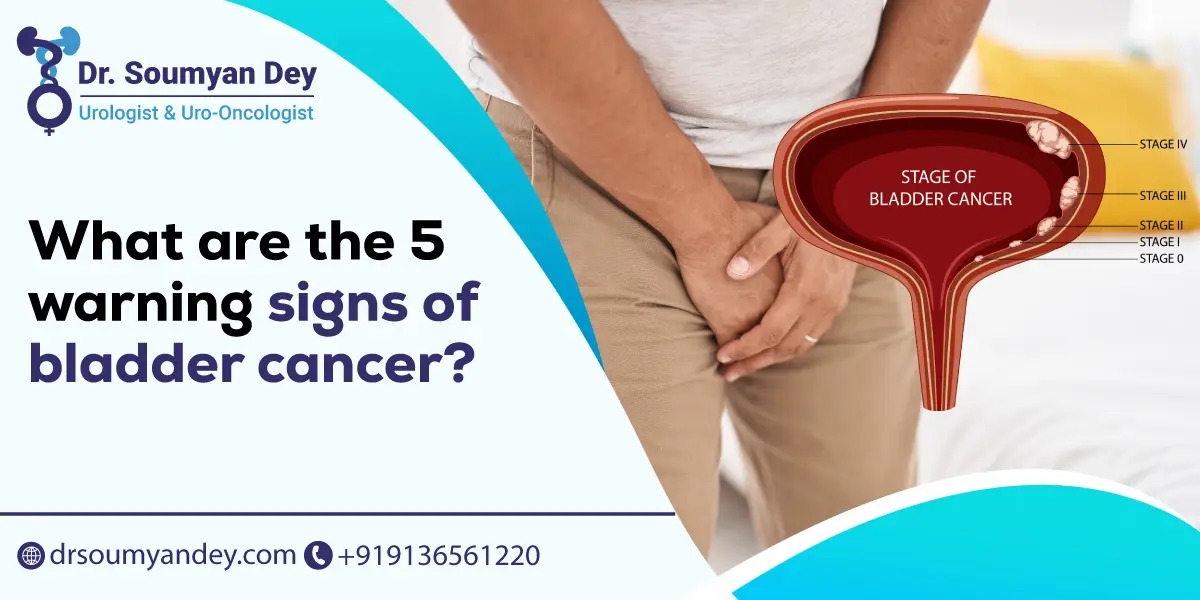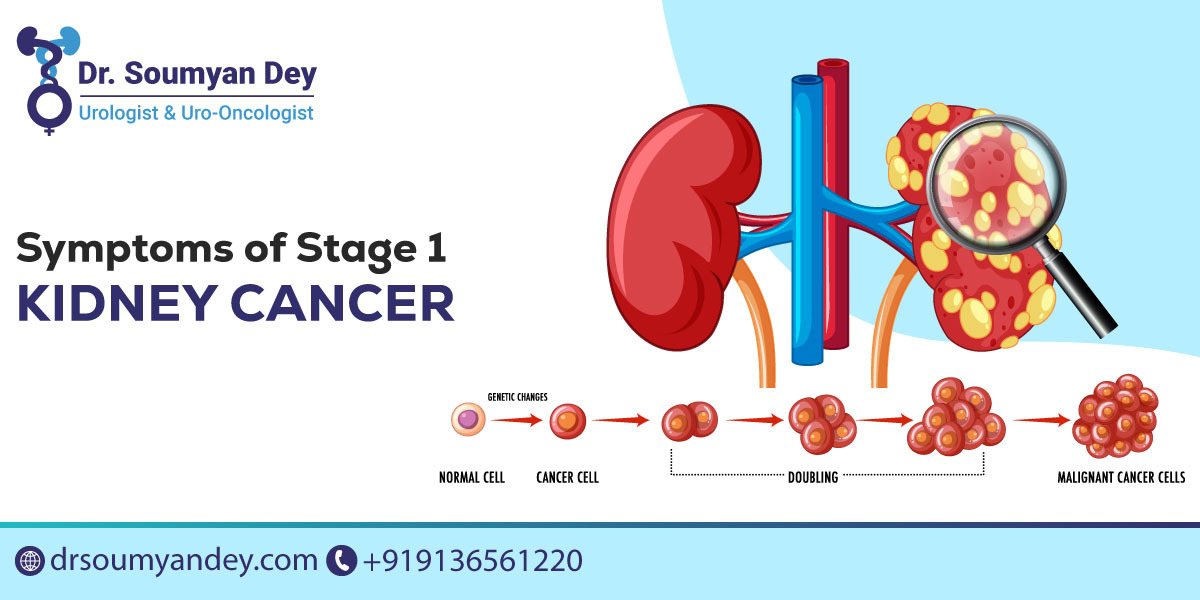Understanding Transurethral Resection of Bladder Tumor (TURBT): What to Know Before Treatment
Bladder cancer is the most dangerous and life-threatening health condition, which quickly requires surgical procedures. There are various surgical procedures to quickly aid bladder cancer. However, transurethral resection of bladder tumors is the most effective surgical procedure, which helps to diagnose and treat bladder cancer quickly. So, if you are also looking for the best bladder cancer specialist in Navi Mumbai, you must consult with Dr Soumyan Dey to get the best treatment for bladder cancer.
What is Transurethral Resection of Bladder Tumor (TURBT)?
Transurethral resection of bladder tumor or TURBT is a noninvasive or minimally invasive surgery that effectively diagnoses the severity of bladder cancer, allows the best treatment, and prevents cancer from invading the muscle walls. It is the most common treatment plan for non-muscle-invasive bladder tumors or bladder cancer. TUBRT efficiently diagnoses early-stage cancer and helps in completely removing bladder tumors without any risk. This surgical procedure may include complete removal of the cancer and biopsy as it goes through the urethra. Moreover, transurethral resection of bladder tumors does not require incisions.
What Are the Symptoms of Bladder Tumors?
People with bladder cancer may experience various issues. However, some of the common symptoms of bladder tumors are:
- Painful urination
- Blood in urine or cola or bright red-colored urine
- Back pain
- Difficulty in urinating
- Urinary urgency
- Frequent urination
- Pelvic pain
- Urinary incontinence
Also Read: Overactive Bladder Syndrome overview
What is the Treatment Process for TURBT?
Dr Soumyan Dey is a well-known urologist who offers the best bladder cancer treatment in Navi Mumbai. They offer a wide range of treatment plans and perform a physical exam and various tests to get the best diagnosis before consulting treatment. After a complete examination, the doctor may ask a patient to fast 6 to 8 hours before the surgical procedure and perform a PAC before surgery. During surgery, the doctor may insert a cystoscope through the urethra into the bladder so the surgeon can biopsy or remove suspicious tissue from the bladder lining. Then, they may rinse the bladder to remove the remaining blood and tissues. After removing the tumor from the bladder, the doctor offers treatment during the procedure, which helps reduce cancer recurrence.
What to Expect After TURBT Treatment
After transurethral resection of a bladder tumor, a patient may experience a burning sensation and pain while urinating. They may also sometimes witness blood in urine or bright red-colored urine for a few days after surgery. The doctor may prescribe different medications and antibiotics to prevent infections and reduce pain. However, a patient needs to take plenty of water, which helps in flushing out all the toxins from the bladder, and they also need to consider various precautions prescribed by the doctor.
Tips for Recovering After TURBT Treatment
After surgery, a patient needs to follow the directions to recover quickly.
- Get plenty of rest.
- Drink plenty of fluid to flush out from the bladder.
- Take all medication on time.
- Avoid lifting heavy objects.
- Avoid intercourse for a few days after surgery.
- Get a healthy diet.
- Avoid alcoholic substances.
Conclusion
Bladder cancer is hazardous and can influence an individual’s overall health. However, the TURBT is the best treatment plant to remove bladder tumors and help keep the bladder healthy and safe after surgery.







